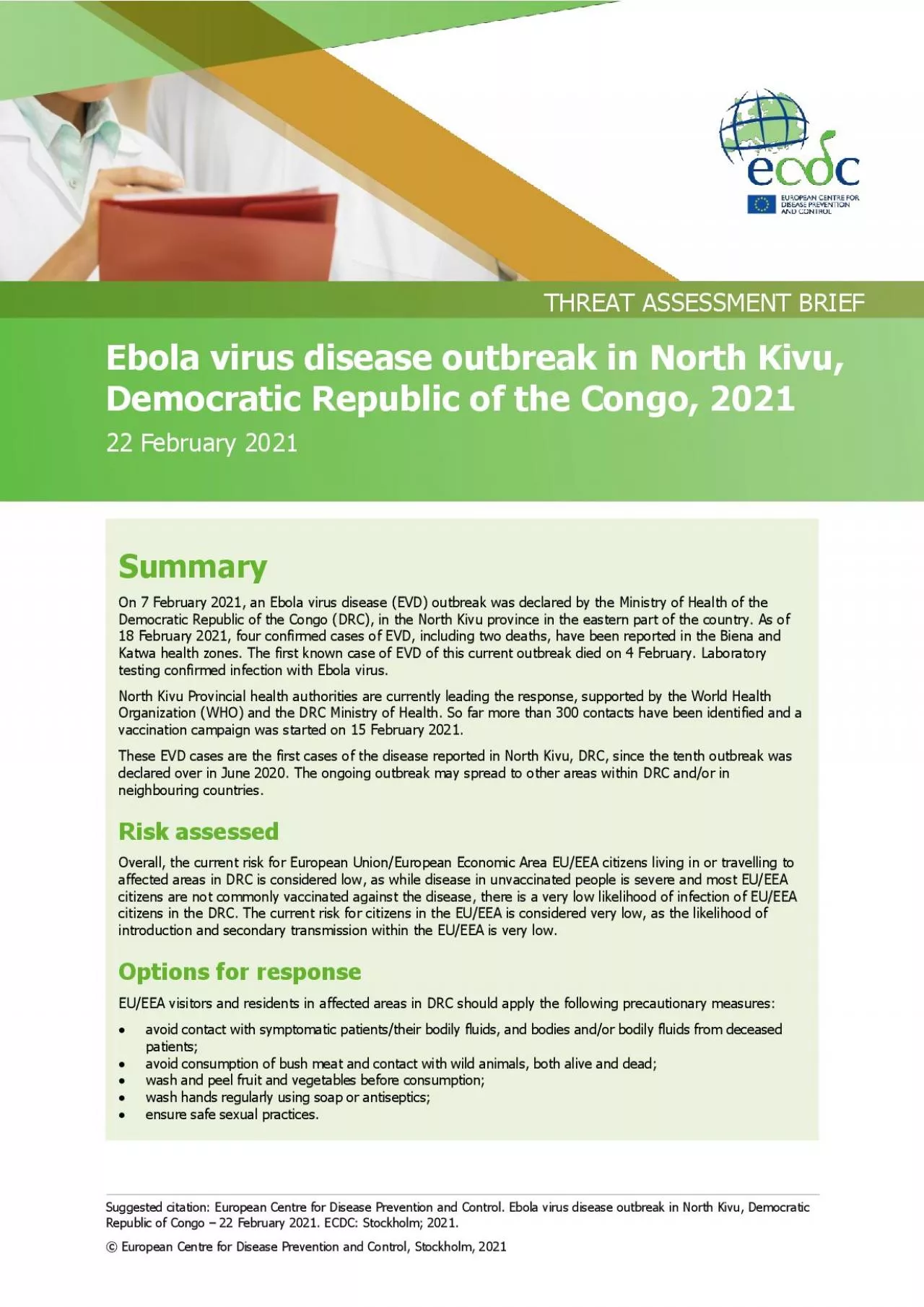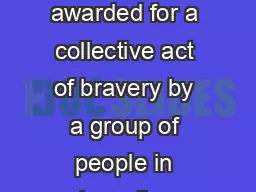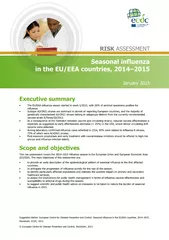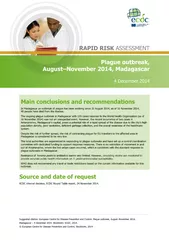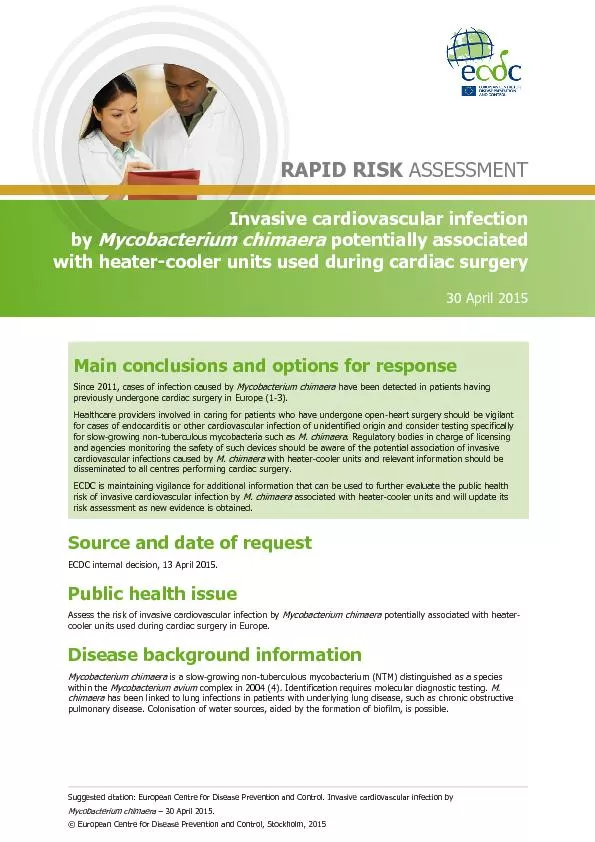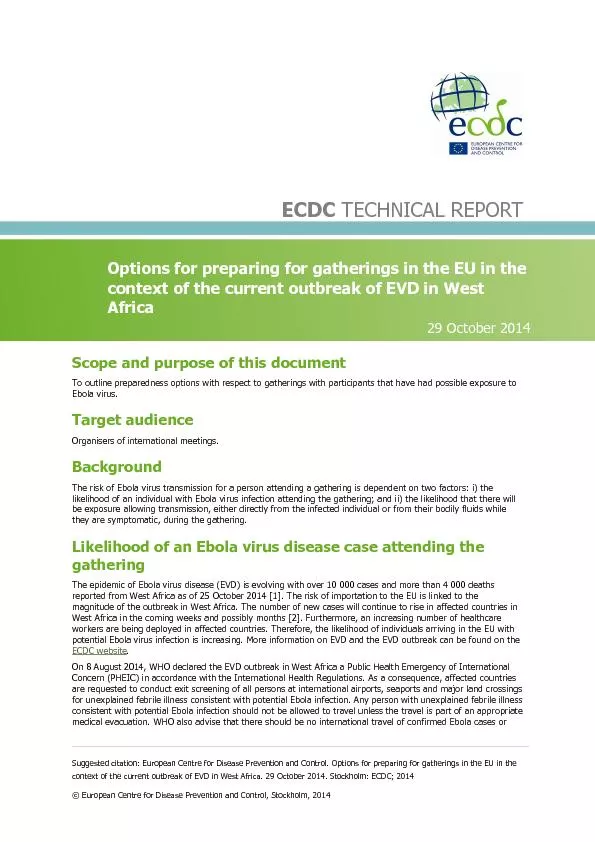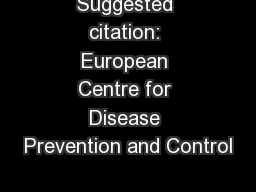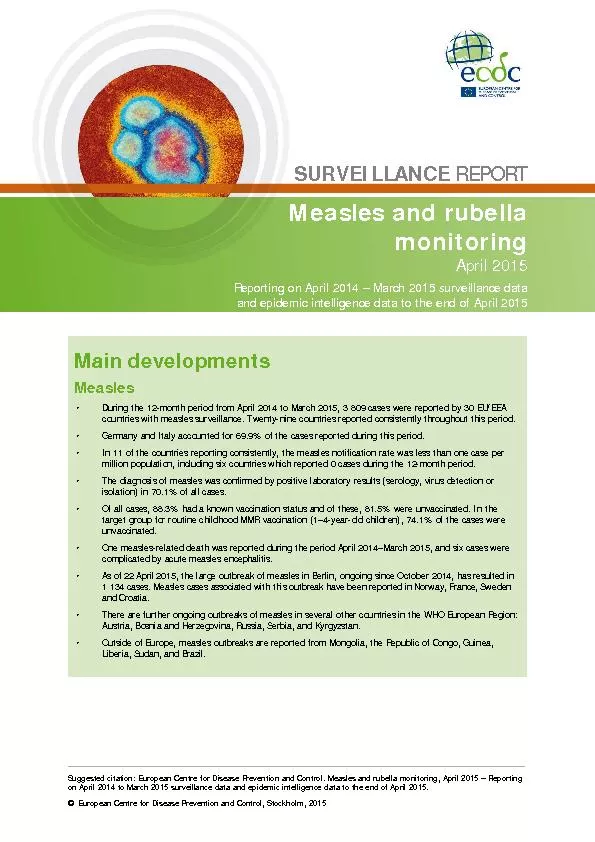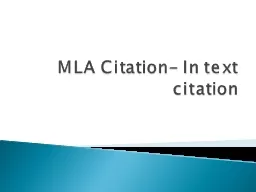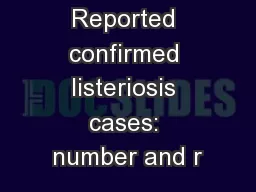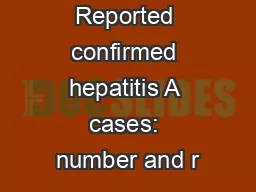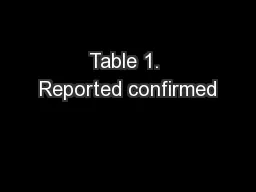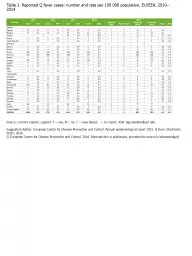PDF-Suggested citation European Centre for Disease Prevention
Author : hazel | Published Date : 2021-07-03
and Control Ebola virus disease outbreak in North Kivu D emocratic Republic of Congo 22 February 20 21 ECDC Stockholm 20 21
Presentation Embed Code
Download Presentation
Download Presentation The PPT/PDF document "Suggested citation European Centre for D..." is the property of its rightful owner. Permission is granted to download and print the materials on this website for personal, non-commercial use only, and to display it on your personal computer provided you do not modify the materials and that you retain all copyright notices contained in the materials. By downloading content from our website, you accept the terms of this agreement.
Suggested citation European Centre for Disease Prevention: Transcript
Download Rules Of Document
"Suggested citation European Centre for Disease Prevention"The content belongs to its owner. You may download and print it for personal use, without modification, and keep all copyright notices. By downloading, you agree to these terms.
Related Documents

